6 + 1 Ways of How to Make Espresso At Home – Easy to Authentic
Starbucks is great (sometimes), but making espresso at home is much better than drinking it out of a paper cup for $3 per shot.
Learning how to make espresso yourself is well worth your while if you want to have delicious, café quality coffee at home. Espresso is, of course, the basis of many other coffee drinks (eg. cappuccino, latte, etc.), all of which you’ll be able to prepare in minutes.
But how do you get started?
In this article, I will teach you 6 + 1 methods of making espresso at home.
Each will vary in difficulty and have its pros & cons, so you can decide which you’ll use yourself.
What is an authentic Espresso?
Espresso is a small Italian coffee drink made using high pressure to force hot water through finely-ground coffee beans. It can be consumed black or be used as a basis for a multitude of coffee beverages.
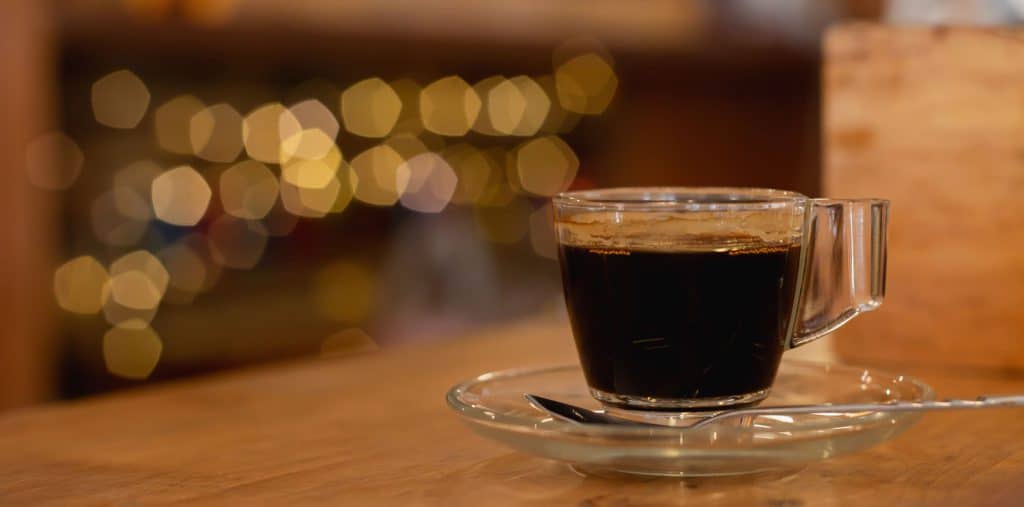
Brewing a genuine espresso requires 3 things:
- coffee ground to fine powder consistency
- hot water (90°C)
- high pressure (at least 9 bars of pressure)
Coffee grinds and hot water are readily available, but only an espresso maker can create the 9+ bars of pressure you need for an authentic espresso.
Don’t worry, though. I’ll show you alternate ways to make espresso as well.
Faux-espresso modifications
To compensate for the lack of pressure, the alternate espresso brewing methods I’ll show you later in the article will differ from what you may be used to with each brewing method.
They will produce an espresso-like beverage by:
- adjusting the grind size
- increasing the water temperature
- adjusting the brew ratio
- adding agitation
- extending the extraction time
Combine these, and you can make espresso at home without a fancy espresso machine.
6 + 1 ways to make espresso at home
Here are the best ways I know of to make espressos at home. You’ll be able to drink them black, or use them to make other beverages like cappuccino or latte.
For best results with all of the methods, make sure you use:
- Filtered water (not mineral or tap water)
- Good quality coffee beans
Now let’s have a look at each method.
Method 1: Espresso machine
The only way to make authentic rich, full-bodied espresso with a beautiful crema on top is with an espresso machine. But honestly, brewing a shot of great espresso is not as easy as it seems.
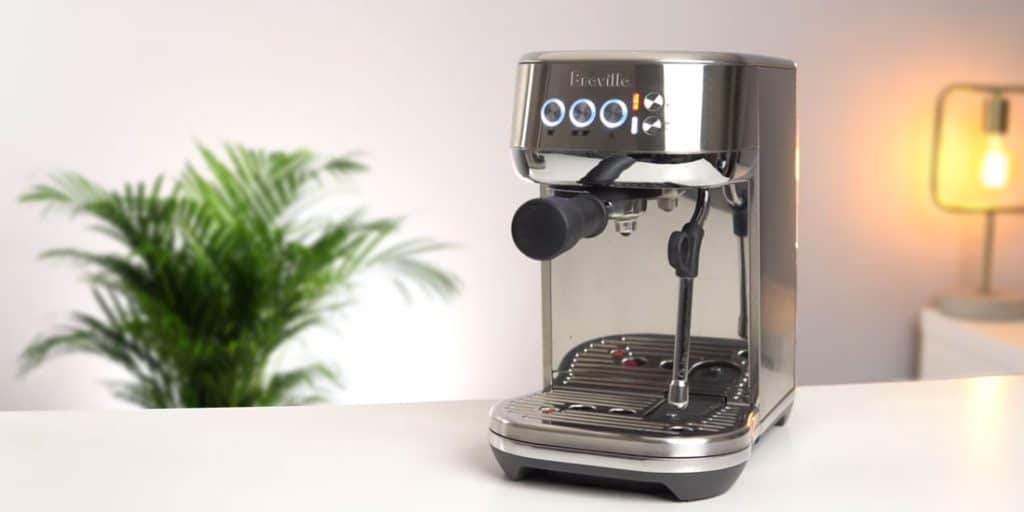
Pros
Cons
Coffee connoisseurs actually spend a lot of time learning the intricacies of espresso making and dialing in the perfect shot of espresso. Here is a super detailed video of the process if you’re interested.
And here is how you can make espresso with a standard semi-automatic espresso maker.
You’ll need the following:
- 9g of coffee for a single, or 18 g for two shots of espresso simultaneously. Specialty cafes only brew double shots even if you ask for a single, because the larger portafilter creates better water flow through the grinds.
- A coffee bean grinder. You could buy pre-ground beans, but if you want to make delicious espresso, you need to grind just before making it.
And the steps to using the espresso maker are as follows:
- Grind whole espresso beans.
- Fill the portafilter with coffee grounds and use a distribution tool to break up any chunks.
- Level the ground coffee in the portafilter to distribute it evenly.
- Tamp the ground coffee into the portafilter with around 20 kg of force.
- Flush the brew head to remove any coffee residue.
- Firmly place the filled portafilter into the brew head.
- Place a cup under your spouted or naked portafilter.
- Start a timer and press the button to start brewing.
In the end, you should end up with a rich cup of espresso with a golden layer of crema on top. If you want to level up your espresso game, you can also pre-infuse your coffee puck before the actual extraction by wetting it with 1 bar pressure of water, or use an espresso puck screen for more consistent brews.
If your extraction time is less, you will get sour, watery coffee.
If your extraction time is more, you will over-extract, and your espresso will be bitter.
Another important aspect of making espresso is the coffee-to-water ratio, which should be around 1:2 to 1:3. Practically speaking, 18g of coffee grinds should yield approximately 45g of liquid.
Why on Earth am I using grams instead of milliliters for measuring coffee?
The coffee industry measures the weight of a coffee beverage in grams, because the volume of the shot is strongly affected by the crema, which has negligible weight. An espresso with a large layer of crema will have a larger volume than one without crema, even though the 2 beverages would be the same weight.
So as you can see, making a perfect cup of espresso will require some practice, but you’ll get better and better with each shot.
A lot of work is involved with dialing in a perfect shot, which may not be worth it for making just a single espresso at home. That’s why we have coffee shops!
Below, you’ll find other, easier ways to make espresso without an espresso maker.
Method 2: Moka pot espresso
A traditional way to make espresso is with the aluminum Moka pot. Invented in Italy in the 1930s, it is still used in most Italian households today.
And if it’s good enough for most Italians, it’s good enough for me.
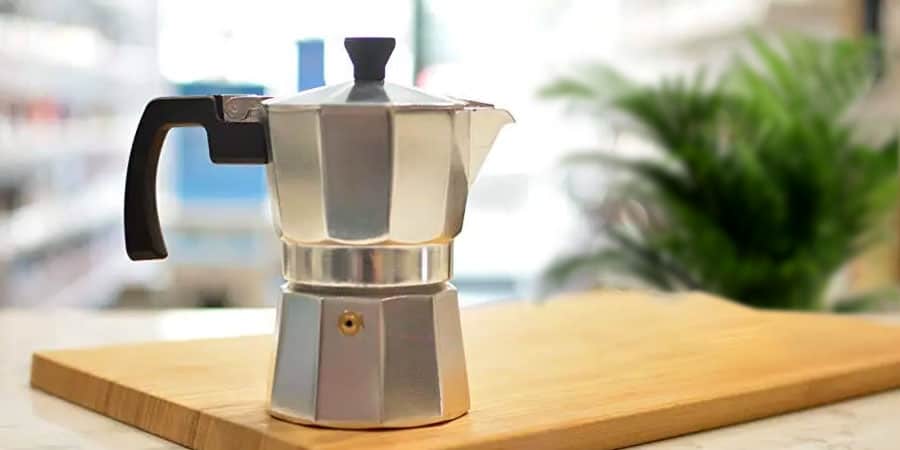
Pros
Cons
In terms of taste, the strong coffee made with a Moka pot is quite close to espresso, but:
- Moka pot coffee has a more intense flavor than espresso, with a higher concentration of oils and bitterness.
- Due to the lack of pressure, you will get little to no crema on your espresso.
Here is a detailed article on how to make espresso with a Moka pot, but the steps are as follows:
- Fill the tank with near-boiling water (around 70°C) till the safety valve.
- Put ground coffee into the filter basket. The amount of coffee depends on the size of your chosen Moka pot variant.
- Screw the top to the bottom.
- Put the Moka pot on the stove over medium heat, and let the magic happen. Coffee should start flowing out soon.
- Remove from heat as soon as the coffee flow starts gurgling and sputtering out the top. If you leave it on longer, you’ll burn your coffee.
What just happened?
The water in the lower water tank started to boil, and the steam pressure pushed it through the ground coffee. The extracted beverage flows up through the funnel and out into the coffee chamber.
You can also read my detailed guide on how to get that espresso-style crema with your Moka pot.
Method 3: Aeropress espresso
The AeroPress is a handheld device that uses air pressure to brew coffee, and it makes excellent espresso with just a few simple steps.
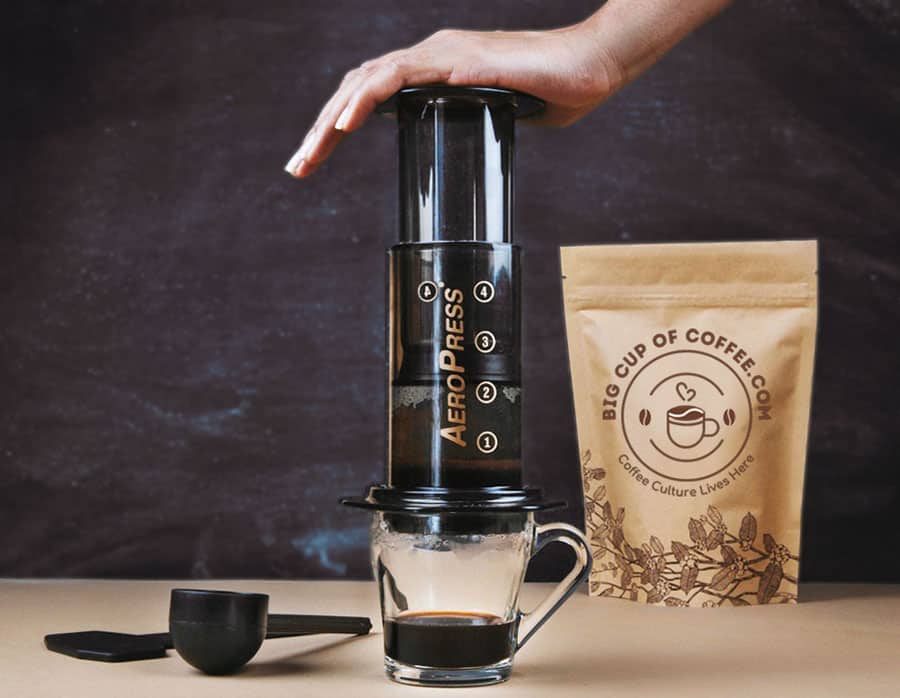
Pros
Cons
This brewer is trendy and versatile, giving way to a documentary and even the yearly Aeropress championships.
Click here for my favorite Aeropress espresso recipe in detail, but if you want the shorter version, I summarized it below:
You’ll need the following:
- 2 Aeropress filters
- 12g coffee ground just a little coarser than espresso fine
- 90°C filtered water
- Spice mill to use as a tamper
And the steps are:
- Assemble your Aeropress, and wet the filter in the filter basket.
- Put the device onto your cup.
- Pour the coffee into the brewing chamber.
- Wet the second filter, and put it on the end of the spice mill.
- Push the filter onto the coffee grind with your makeshift tamper to level it.
- With a slight twisting motion, take the tamper out of the chamber, leaving the 2nd filter on top of the coffee grind.
- Pour water into the brewing chamber till just above the circled 1 marking.
- Put the plunger into the chamber, and push firmly and evenly until you reach the bottom.
Your freshly brewed espresso will now be in your cup, ready to enjoy.
The Aeropress uses around 1 bar of pressure instead of the 9 bars used by espresso machines, but still, you will get a good result.
If you choose this route, make sure you read the details of this method here.
Method 4: Portable espresso maker
Portable espresso makers are still relatively unknown in 2025, but I can attest that they pull a surprisingly good shot.
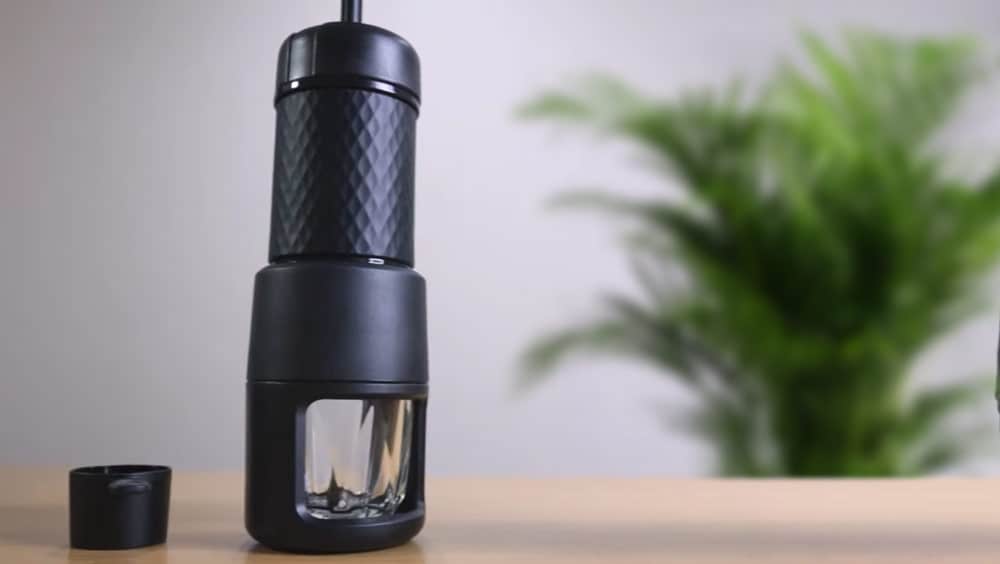
Pros
Cons
I have the Staresso, which is supposed to create 15+ bars of pressure. Unfortunately, I have absolutely no way of fact-checking this, but by the look of the crema and the body of the espresso shot, it does build considerable pressure.
To use this small device, you need:
- 10 g finely ground coffee
- Boiling water
The reason boiling water is OK with this method is that it will cool down just enough as you pour it into the stainless steel water tank.
Here are the steps to using it:
- Disassemble the unit into its parts.
- Fill the coffee basket with 10 g of grinds.
- Tamp it slightly with the coffee spoon (it fits right into the basket).
- Screw the coffee basket into the main pumping chamber.
- Make sure the glass is in the base of the unit.
- Put the main chamber onto the base, and twist it to lock it into place.
- Start pumping, and espresso should start flowing through after 9-10 pumps. Pumping gets harder as you build pressure, so don’t be surprised.
- After all the water is pumped through, disassemble the unit, take the glass out, and enjoy.
You will definitely get a layer of crema on your espresso, which is a treat for the eyes and soul of a coffee aficionado.
You can even froth milk the same way, but clean up right after by pumping clean water through it. Otherwise, the milk will dry inside.
The biggest negative with the Staresso though is that there seem to be more quality issues than you would expect. This is due to the high pressure the Starpresso generates inside it. I’ve only used mine about 20-30 times, and it didn’t break, but reading through the critical reviews on its product page, this seems to be a problem for some.
Method 5: Instant coffee
Making espresso from instant coffee is a super quick and easy way to get your caffeine fix without leaving the house. There is virtually no prep time or cleanup involved.
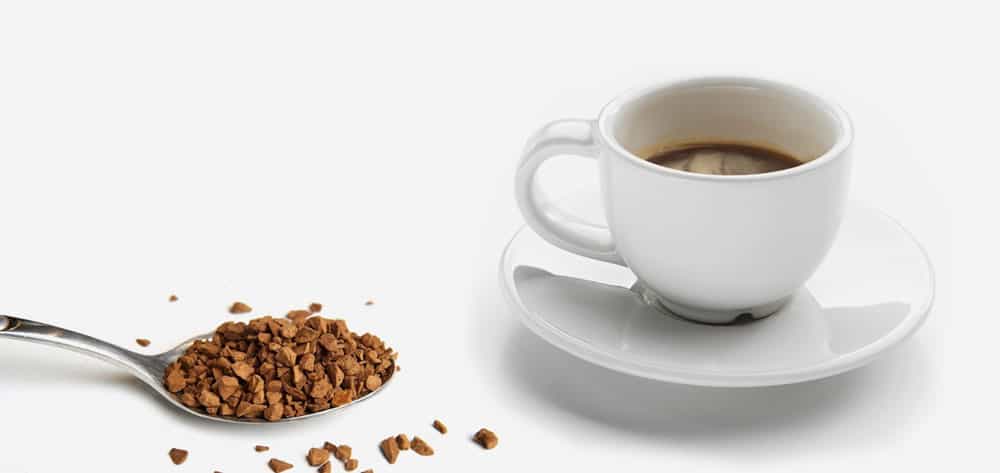
Pros
Cons
It’s not a great-tasting espresso, but hey, sometimes you take what you can get.
All you need is boiling water and a teaspoon of instant coffee.
Here’s how to make espresso from instant coffee:
- Measure just a bit more water to fill your cup, and boil it in your saucepan. Some water will evaporate, which is why you need to boil just a little more water than what you’ll end up with.
- Take the pan off the heat and add a teaspoon of instant coffee per cup/mug of boiling water. Stir until dissolved.
- OPTIONAL: Put the pan back on the heat and bring it up to the boiling point again, then take it off for 30 seconds so that any froth rises to the top. This step is optional, but it helps create some faux-crema.
- Now pour into your cup/mug.
I tried a lot of instant coffee brands when I was younger, and I found that only the most “expensive” ones were drinkable. Keep that in mind in the store, stay away from the cheap stuff.
Instant coffee espresso is OK for milk-based coffee beverages. You can drink it black, of course, but it’s not something I would want to do every day.
Method 6: French press espresso
If you only have a French press to work with at home, you can still use it to make an espresso-style beverage.
I have to warn you though, this is not my preferred method because it is very wasteful. It uses way more coffee beans than any other method, but it’ll still be cheaper than Starbucks! This method is also long and more complicated than any of the other ones I listed.
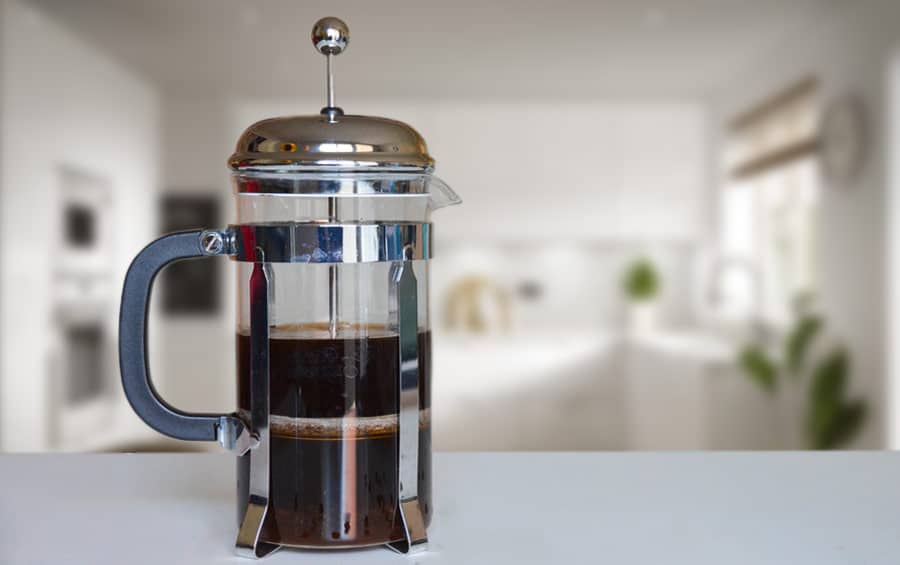
Pros
Cons
Here is a detailed post on making espresso with a French press, but the basics are the following.
You’ll need:
- 30g of medium-fine ground coffee
- 100 ml of water just off boiling (95-97°C)
And the steps are:
- Start boiling water.
- Heat the glass by adding a bit of water that hasn’t boiled yet.
- Grind 30g coffee beans to medium-fine.
- Empty the heating water from the French press.
- Pour the coffee grind into the beaker.
- Start a timer, and pour 100 ml off-boiling water onto the grinds.
- Stir for around 25 seconds.
- Put the top on, and let it brew until 4:00.
- Push the plunger all the way down.
- Pour your espresso into a cup.
You will get around 35 ml of espresso with this method.
Yes, it’s very little compared to how much coffee you used, but I warned you in advance. For this reason, I would not use the French press method daily, but it does work if you have no other way to make espresso.
Method 7: Nespresso/Vertuo pods
We’ve arrived at the + 1 method. It’s not an espresso recipe, which is the reason I called in the + 1.
If you love espresso but find that making it yourself is a hassle, then a Nespresso machine might be right for you!
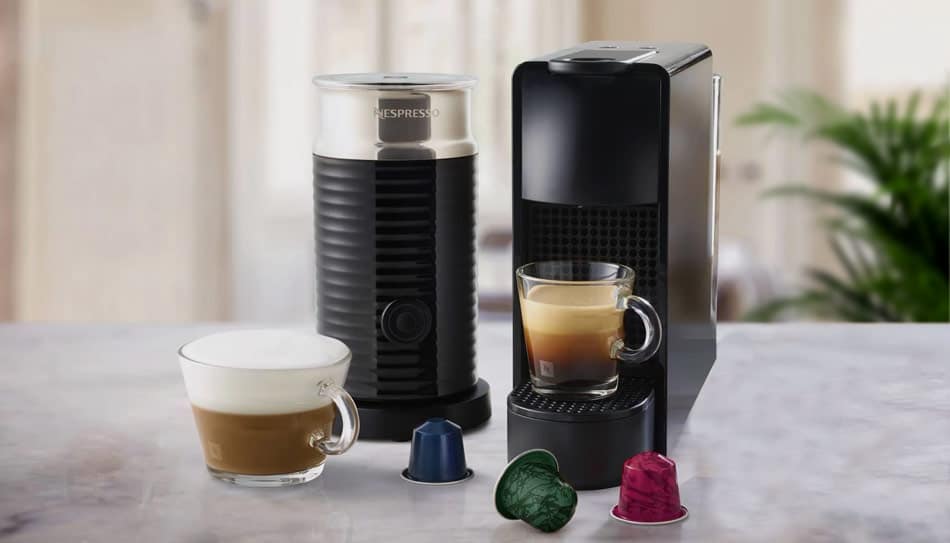
These machines are super easy to use:
- Fill the water tank
- Pop in a capsule of your favorite flavor
- Push a button, and let the machine do its work.
In about one minute, you’ll have a decent cup of espresso. You’ll get full extraction, crema, and some pods taste fairly decent (most don’t).
Plus, there is no prep or cleanup, since there’s no need to grind beans or deal with messy filters.
Whether you’re enjoying a solo cup at home or entertaining guests, Nespresso machines certainly make life easier by taking care of all the hard work for you.
There are huge tradeoffs to the simplicity of using Nespresso pods, though:
- The aluminum or plastic pods are terrible for the environment. They leave a huge carbon footprint during production and shipping, and all of the used pods end up in landfills to decompose in 300-400 years…
- The pods are expensive.
- Most Nespresso pods aren’t that great. Up to this day, I have only found a single company that makes proper, good-tasting Nespresso pods: Costa coffee, but it’s not available in the US.
So if you have the time, take a few minutes of your day and stick with a more sustainable form of coffee preparation.
Coffee beans for espresso
Only quality coffee beans will make good coffee. That is a fact.
Traditionally, espressos have been brewed with dark roast coffee beans for that strong, rich flavor. Arabica beans are better than Robusta for espresso because they produce a well-balanced cup of coffee with good acidity and sweetness.
Dark roast works great if you are preparing espresso-based milk beverages like lattes.
However, in the 3rd coffee wave, specialty coffee advocates started using light and medium roast beans for espresso to highlight the coffee bean’s delicate notes and flavors. Contrary to what many think, light roast doesn’t make a weaker cup of coffee. Instead, it allows unique flavor profiles to shine through. By roasting the beans more gently, specialty coffee can bring out brighter acidity, sweeter fruitiness, chocolaty, and even floral notes that might be lost in a darker roast.
I love both Italian espresso and specialty coffee espresso. Which one I crave more depends on what I feel like at the moment. Generally, after a meal, I prefer an Italian espresso, but if no eating is involved, I will opt for a light roast.
What type of grind is best for espresso?
A fine grind is the best type of coffee grind to use for espresso, as it ensures that the water extracts all of the flavors from the beans and produces a rich, balanced, flavorful cup of coffee.
A coarse grind would result in under-extracted espresso with a weak flavor.
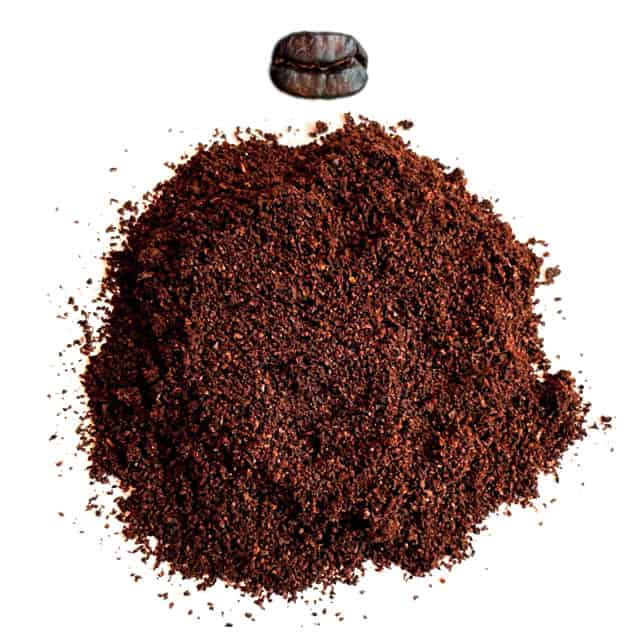
What about super-automatic espresso makers?
I personally do not recommend super-automatic espresso makers.
Why?
- The affordable ones don’t make good espresso. Not to my taste anyways.
- The ones that make good espresso are terribly expensive, $3000+, pushing them out of reach for most folks.
- There is a fair amount of cleaning involved after every few cups.
- If the machine breaks, getting it serviced is a hassle.
But if you don’t mind spending the money, check out the Brevile/Sage Oracle. It is a cross between a bean-to-cup machine and a traditional espresso maker.
FAQ
Espresso is a brewing method that results in a concentrated, rich coffee beverage known as espresso. It is not made from drip coffee.
Most espressos call for 9g of beans for a single and 18g for a double shot.
There are various methods to make espresso-style coffee without an espresso machine, but you cannot make a genuinely authentic espresso without one.
Now you’re ready to make that delicious cup of espresso that will perk you up any time of the day. But I am super curious about which of the above methods you have already tried, and which you like the best.
Please let me know in a comment below!

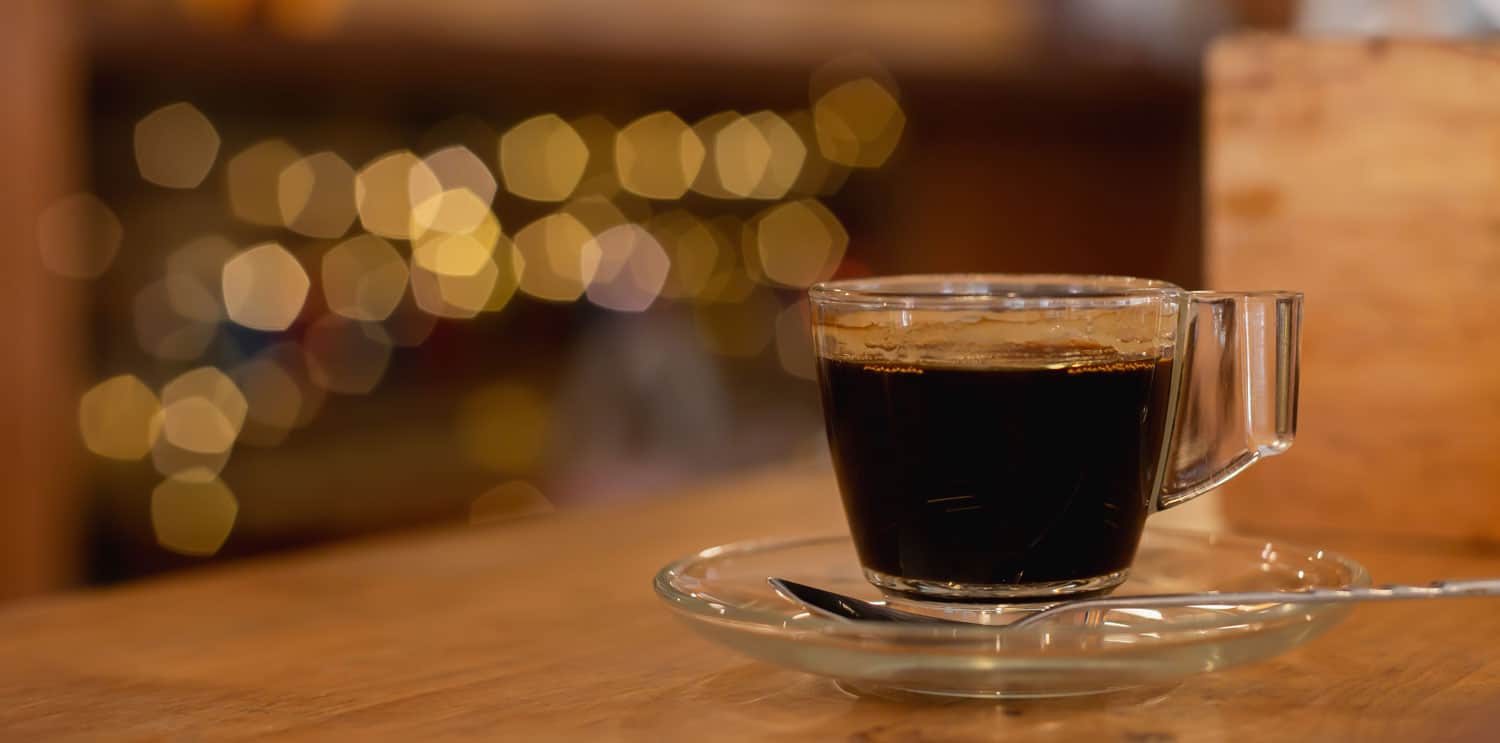
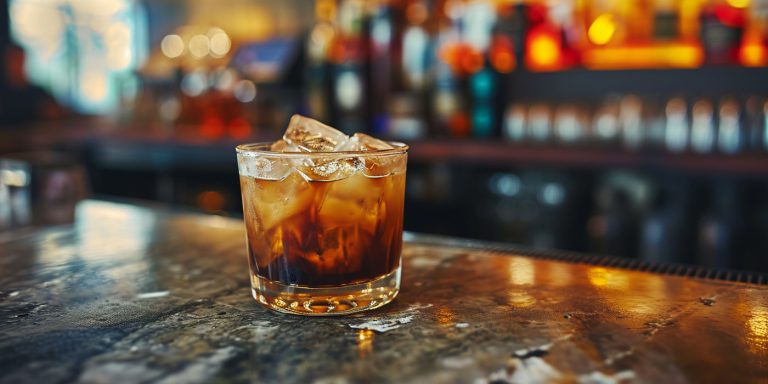
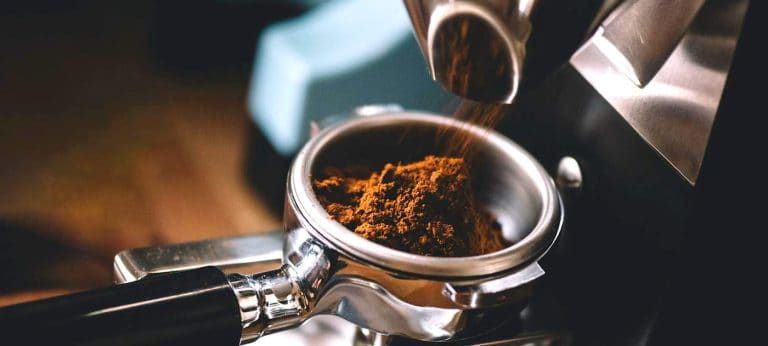
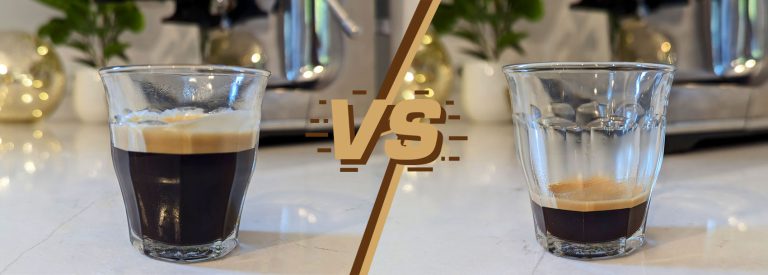
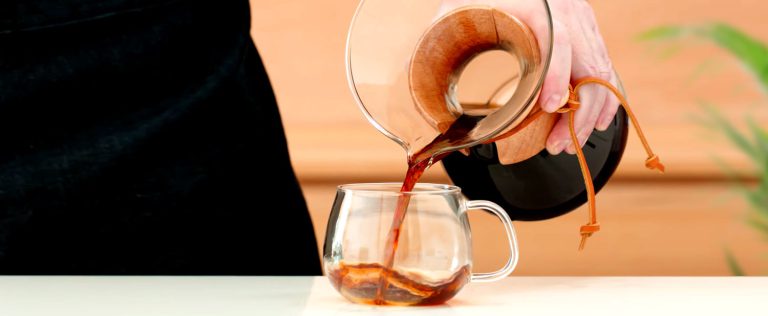
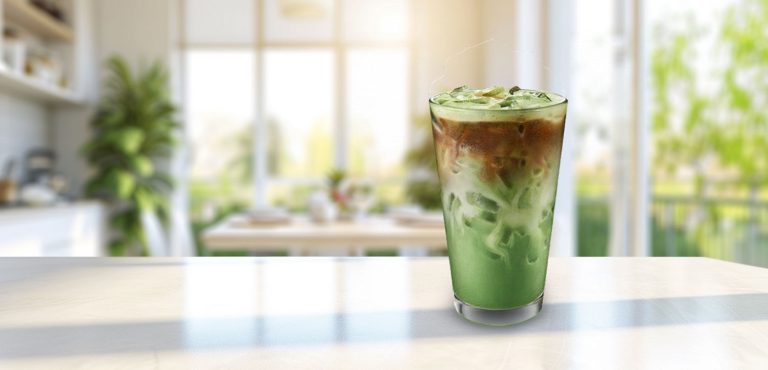
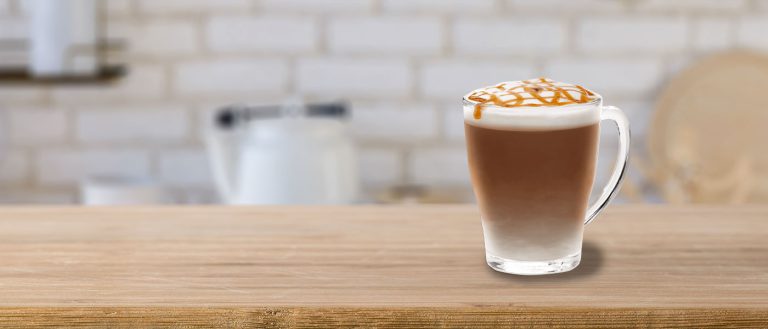
I’ve got a question that maybe someone can answer. I followed the Moka pot instructions to the letter, but my coffee still tastes slightly bitter compared to what I get from a coffee shop. Could it be my coffee bean choice? Tom, or anyone else, any specific bean recommendations for a smoother taste?
You probably get espresso at the coffee shop, not moka pot coffee. It won’t taste exactly the same.
Alright folks, I’ve tried all the methods mentioned and here’s a bit of expert insight: your grinder is just as important as your technique. A consistent, fine grind is crucial for a great home espresso, regardless of your brewing method. Also, don’t overlook the importance of good quality, fresh beans. Remember, even with the perfect grind and technique, stale beans will never yield excellent espresso.
Thanks for your insight Daniel!
I must say, I’m incredibly thankful for this comprehensive guide, Tom. I’d been struggling with my morning espresso, feeling like I never quite hit the mark of café quality at home. Your tips about grind size and water temperature have been game changers. Finally, my lattes taste as they should, rich and full-bodied.
Just wanted to share my experience after reading this article. I took a leap and tried the Aeropress method for my espresso fix. It’s not quite the same as a machine-made shot, but since I don’t have a machine, it’s quick, easy, and surprisingly delicious. Anyone else given it a try?